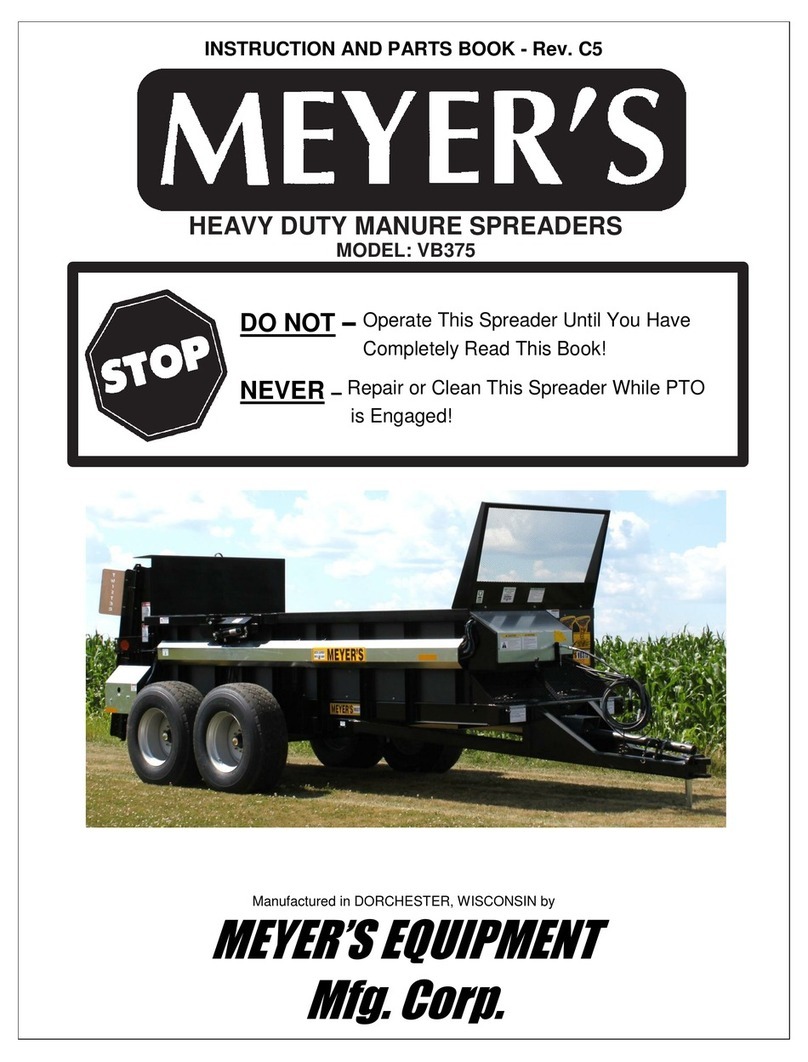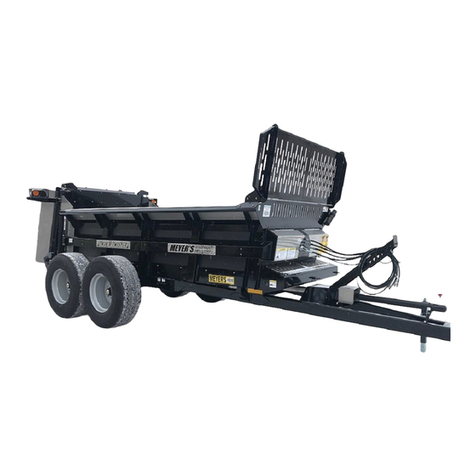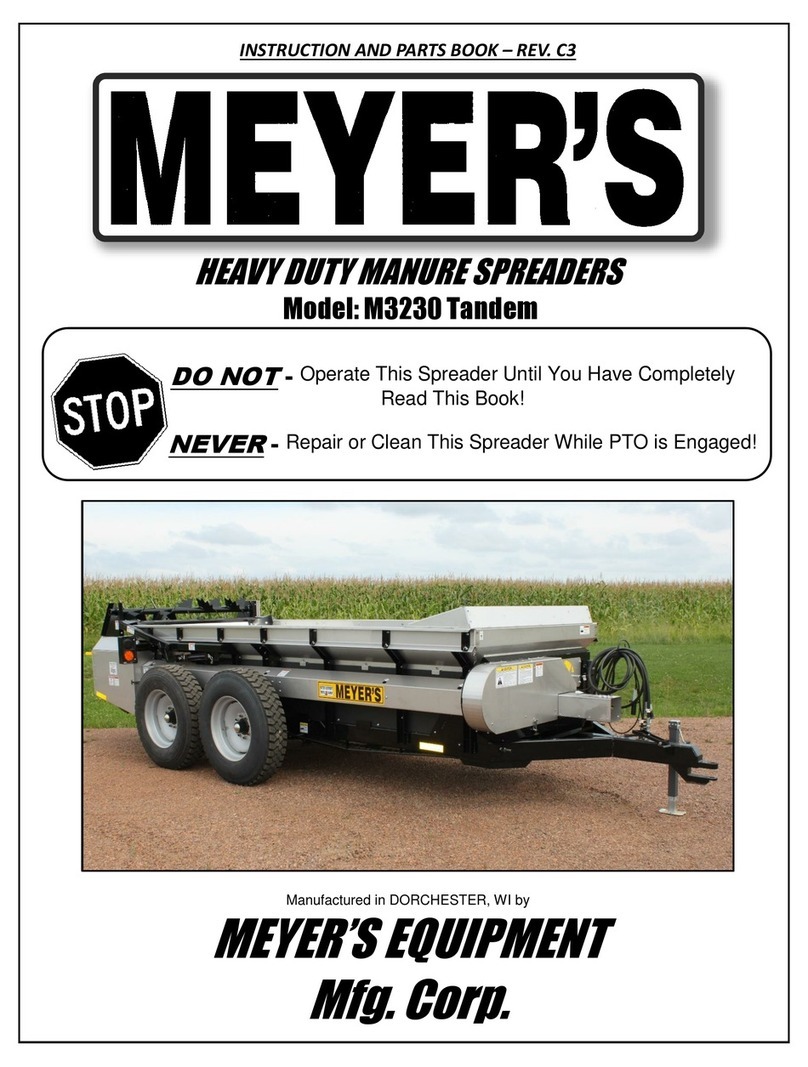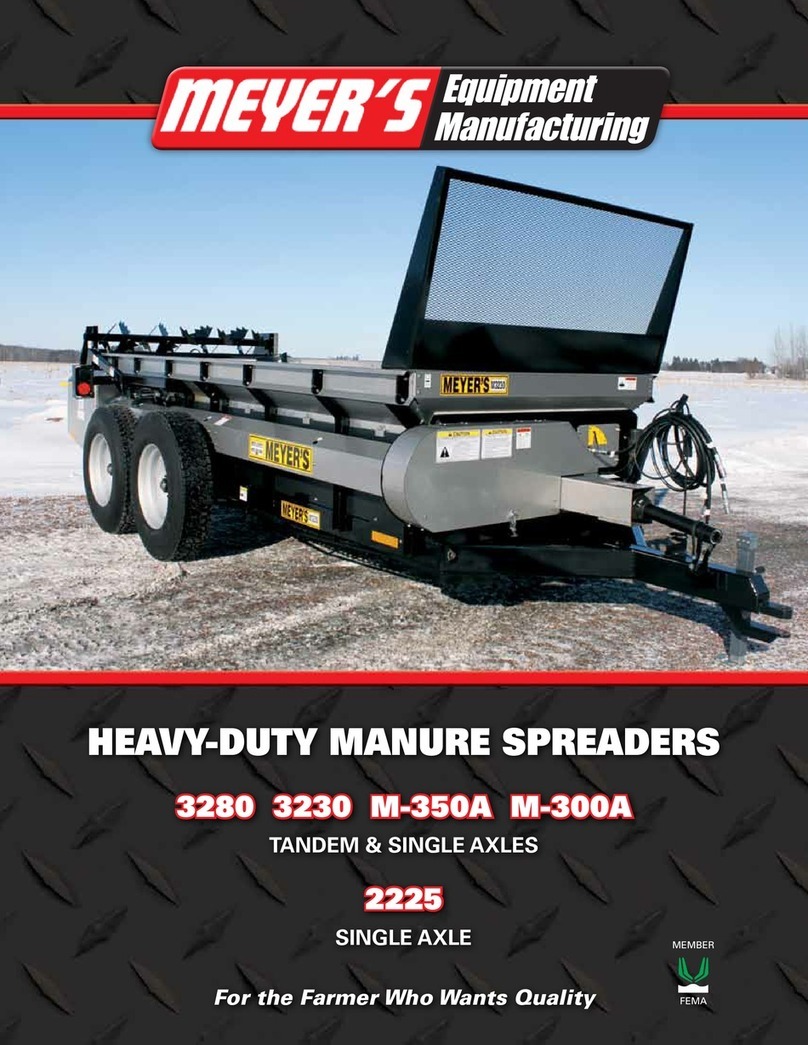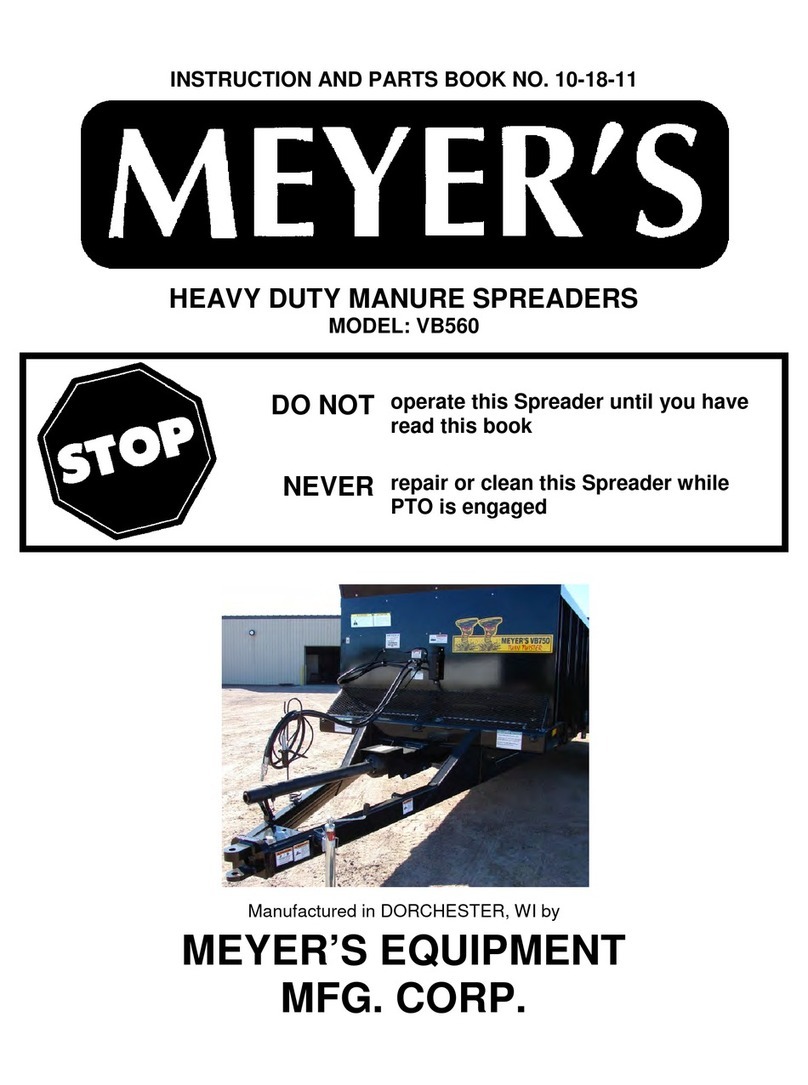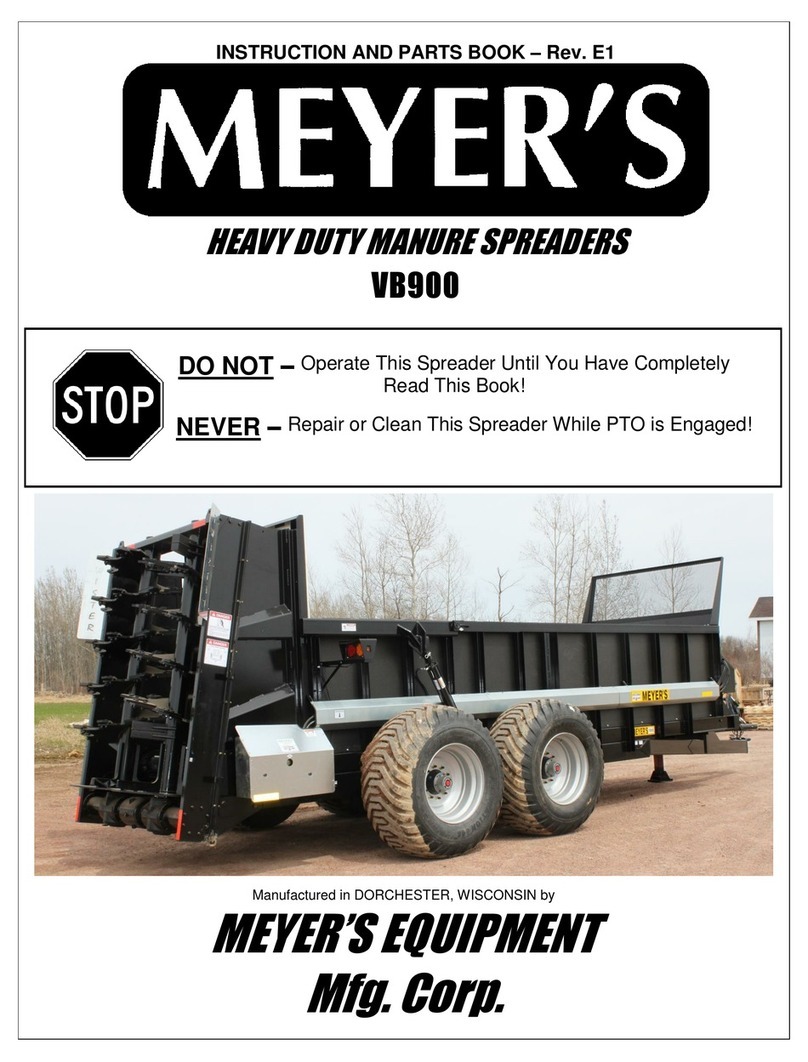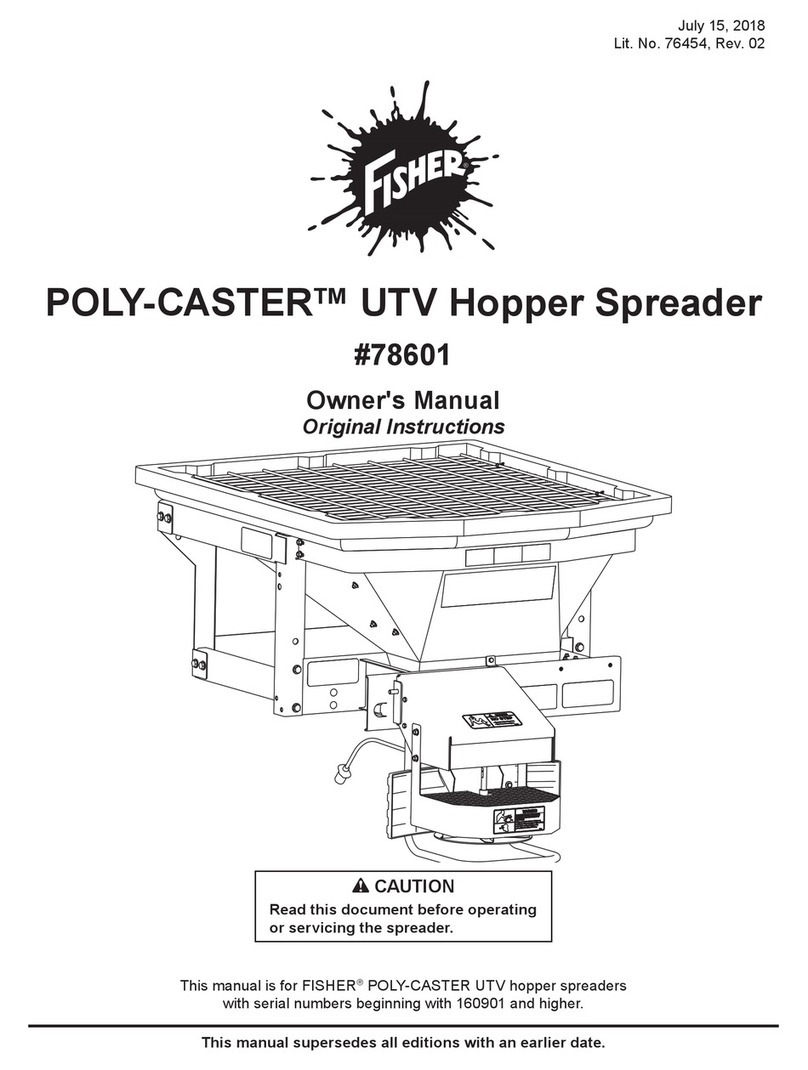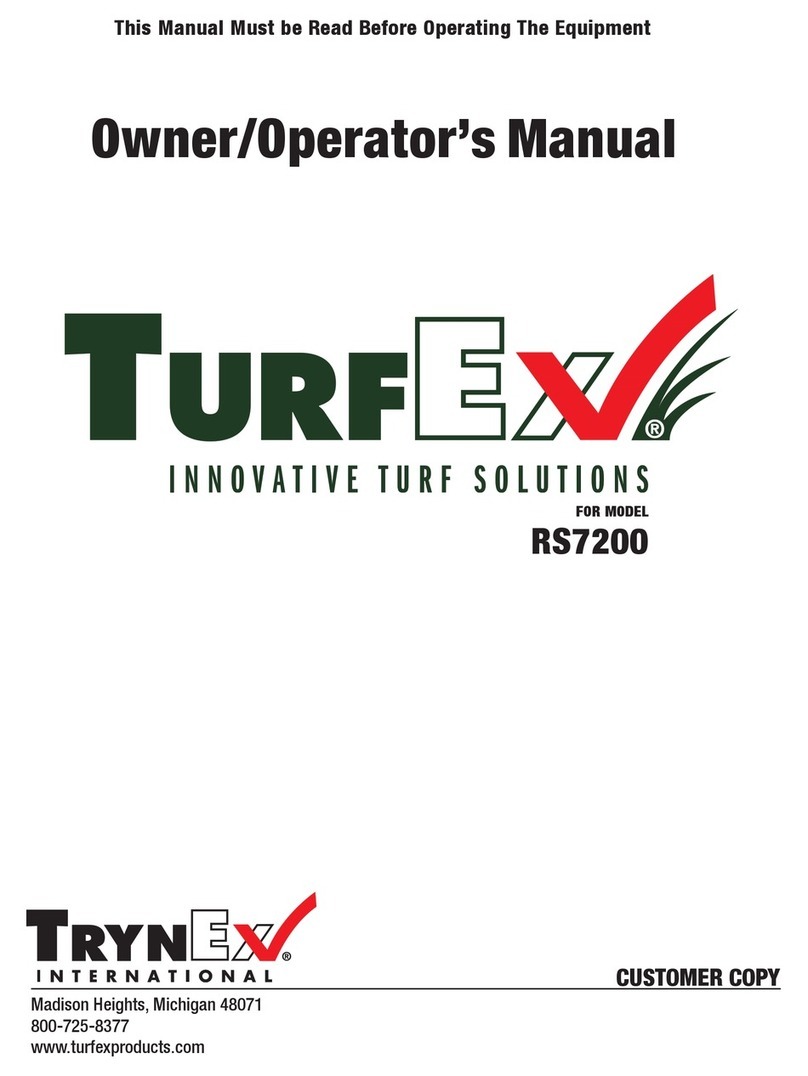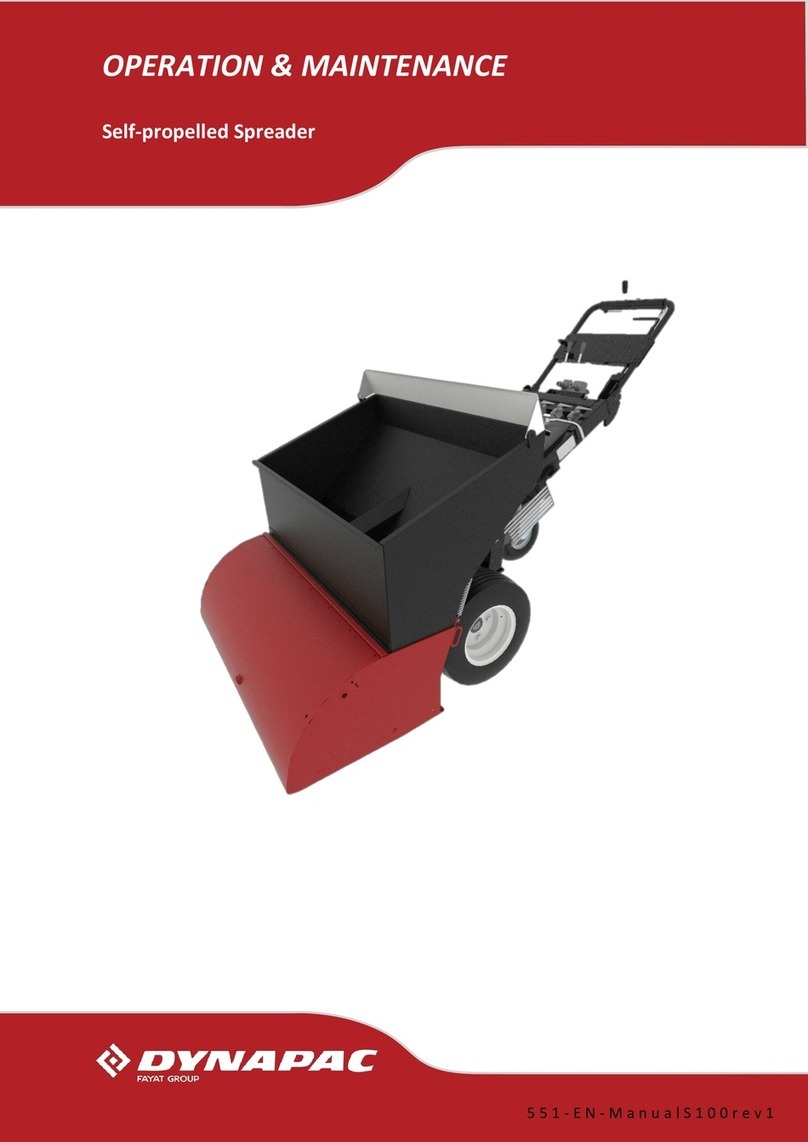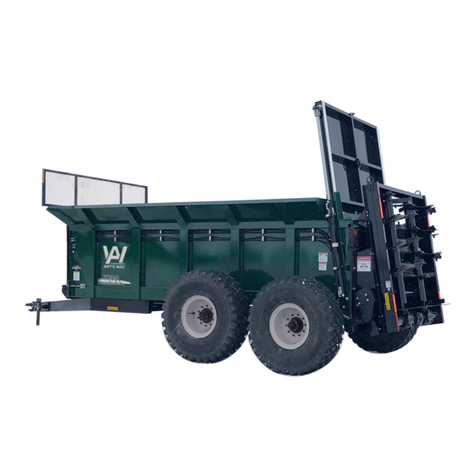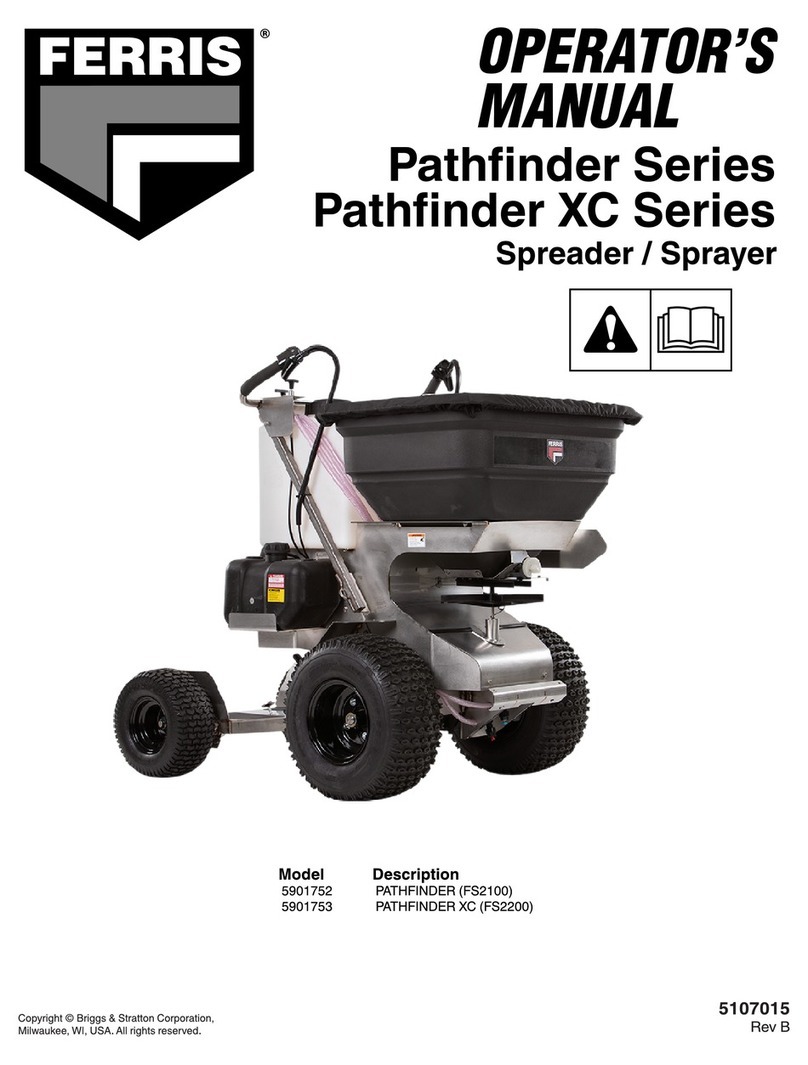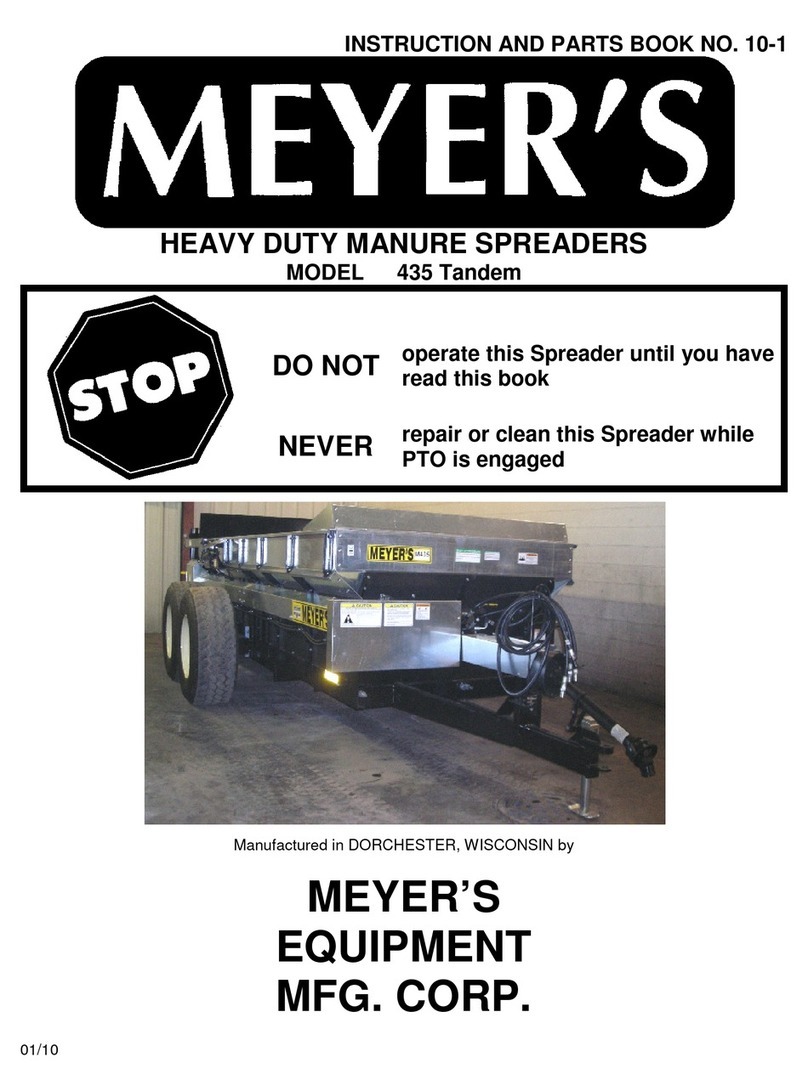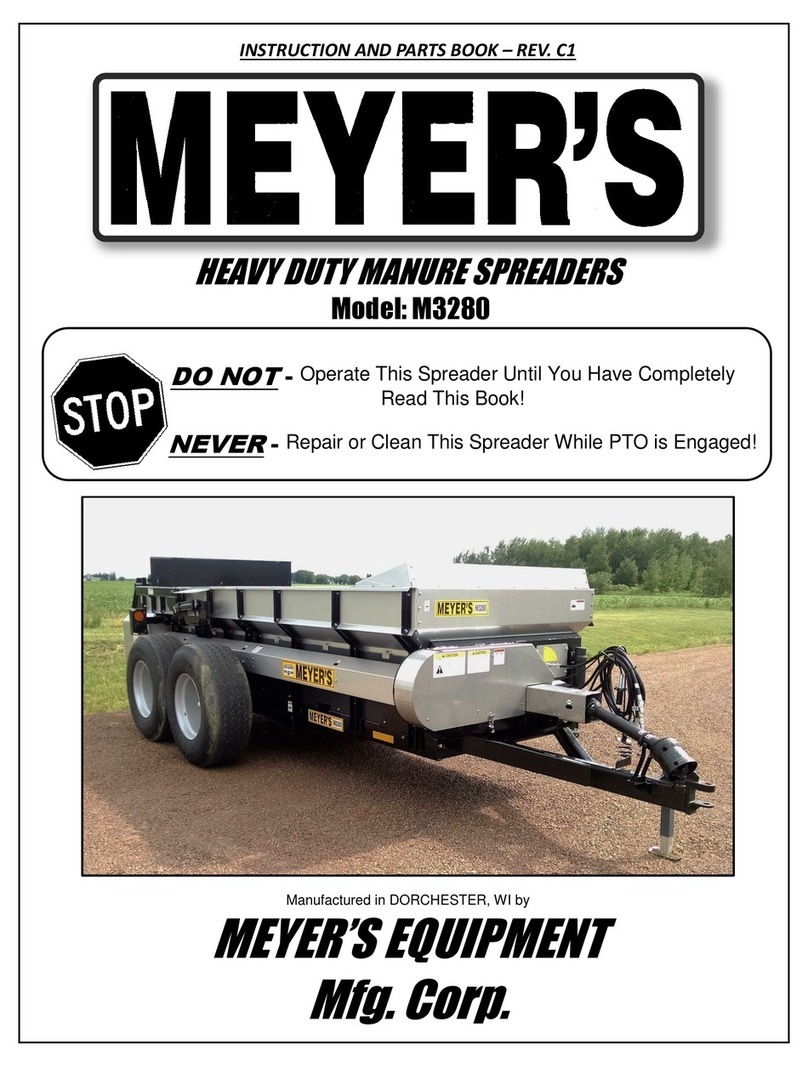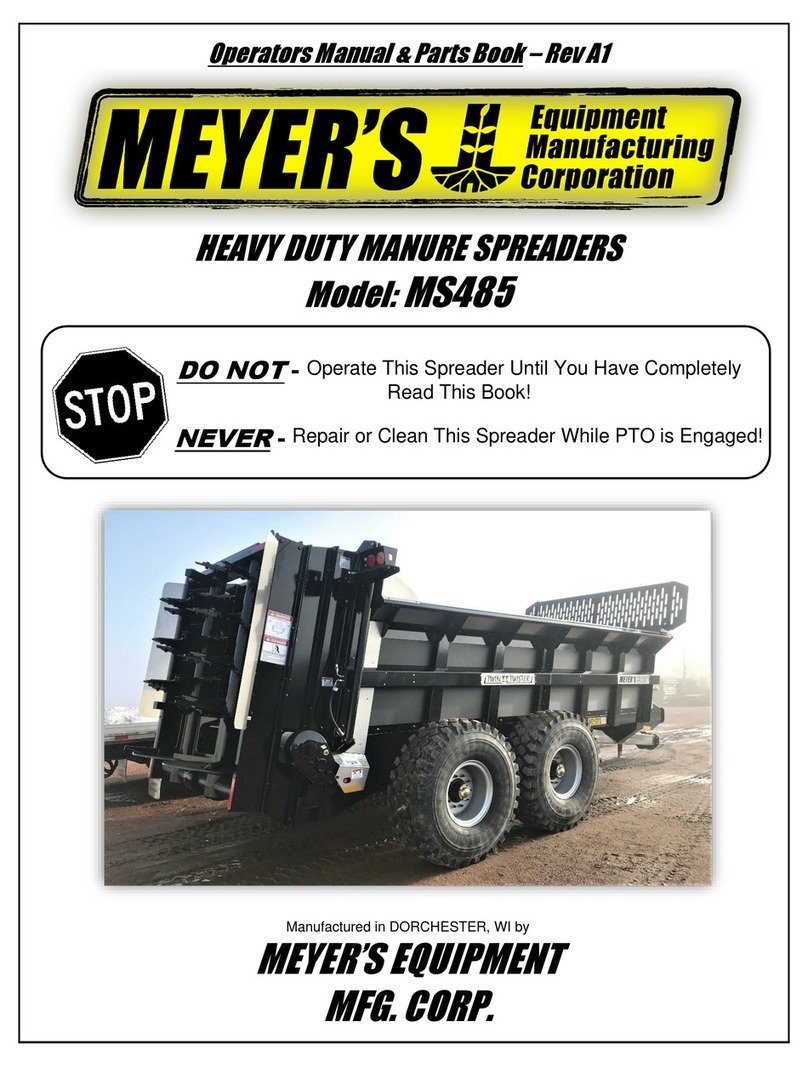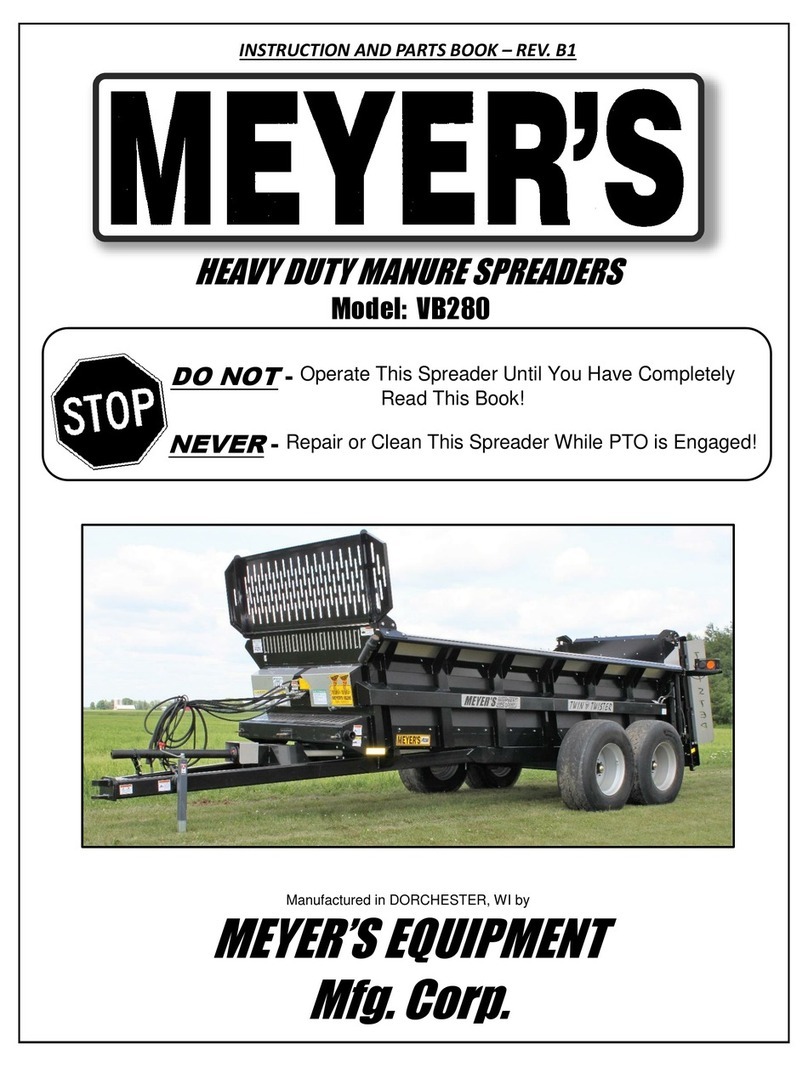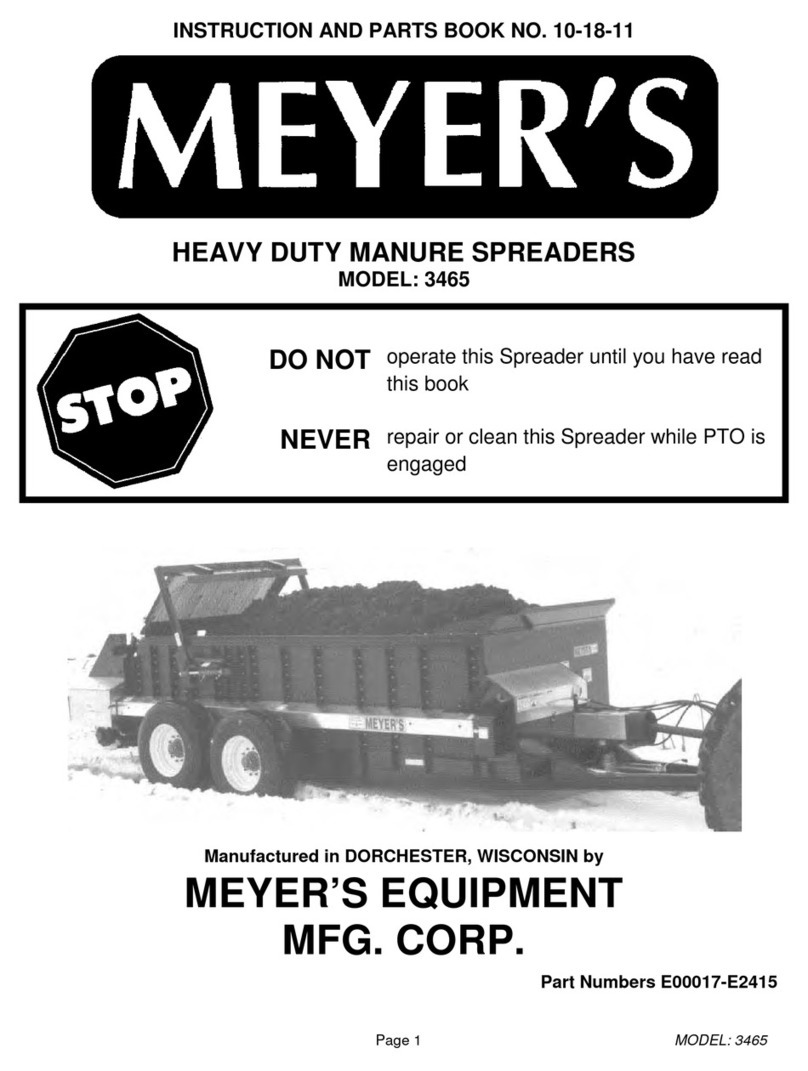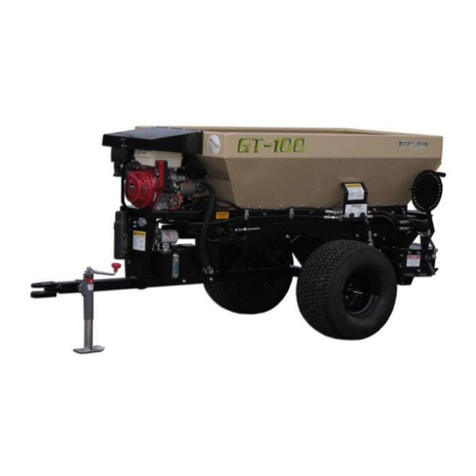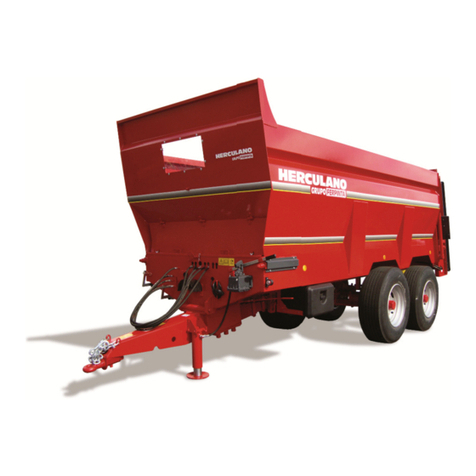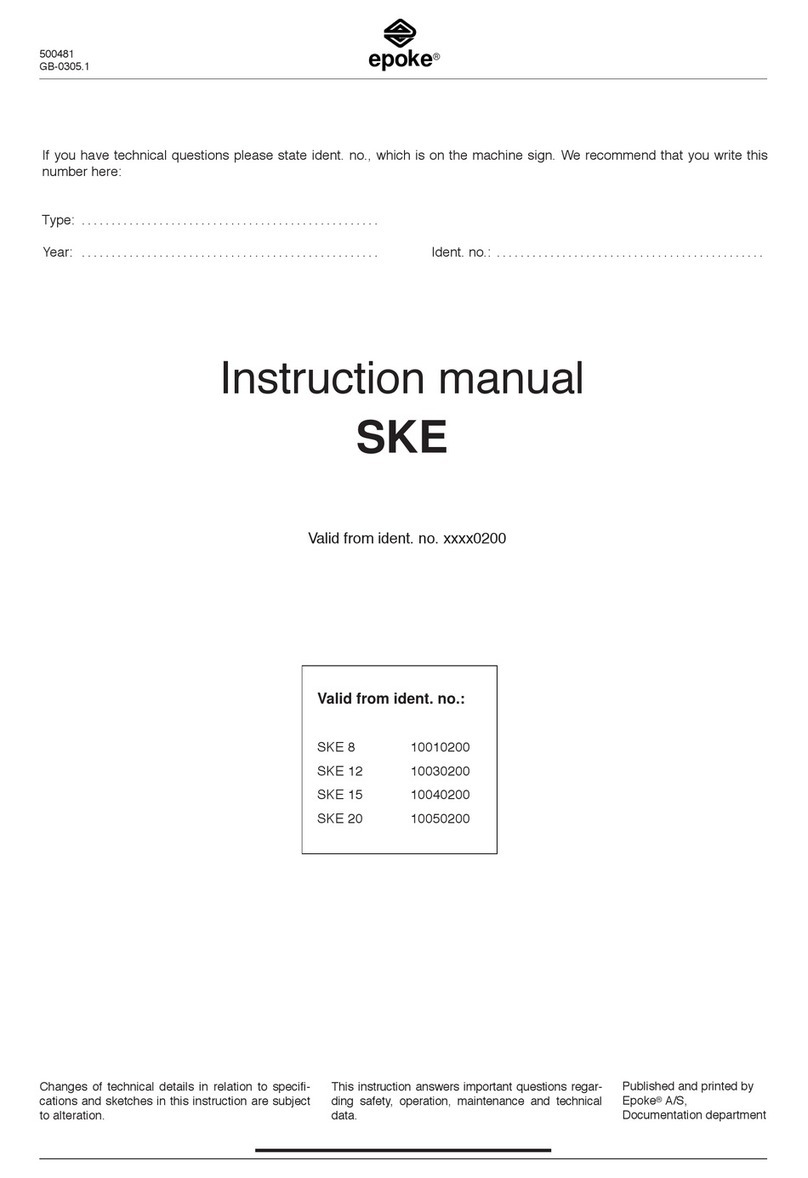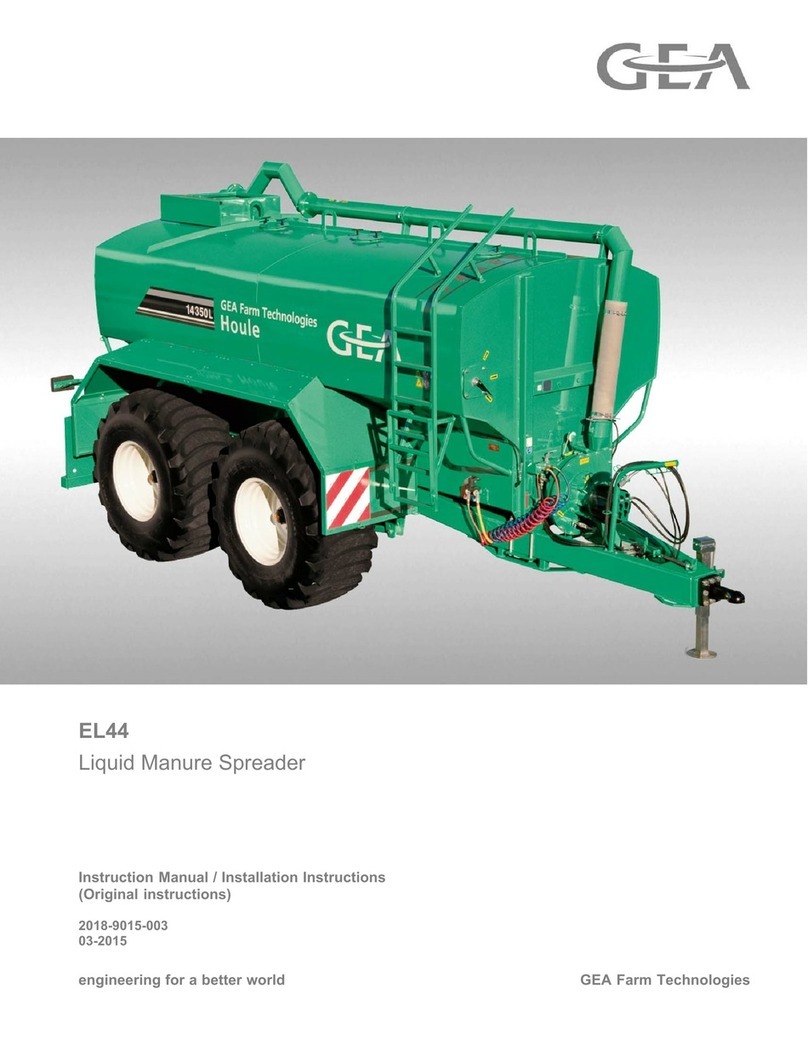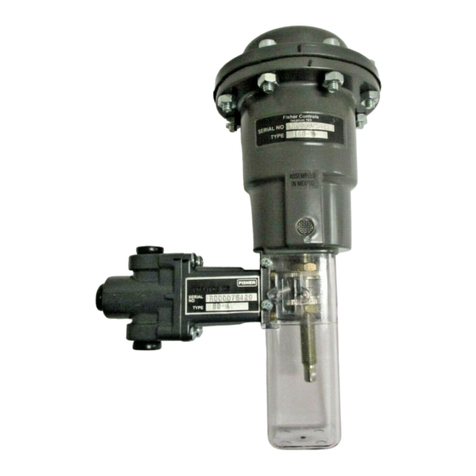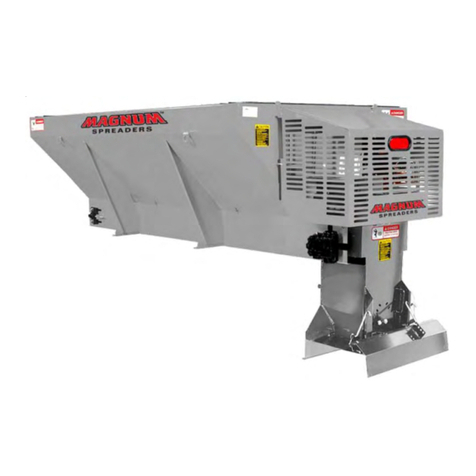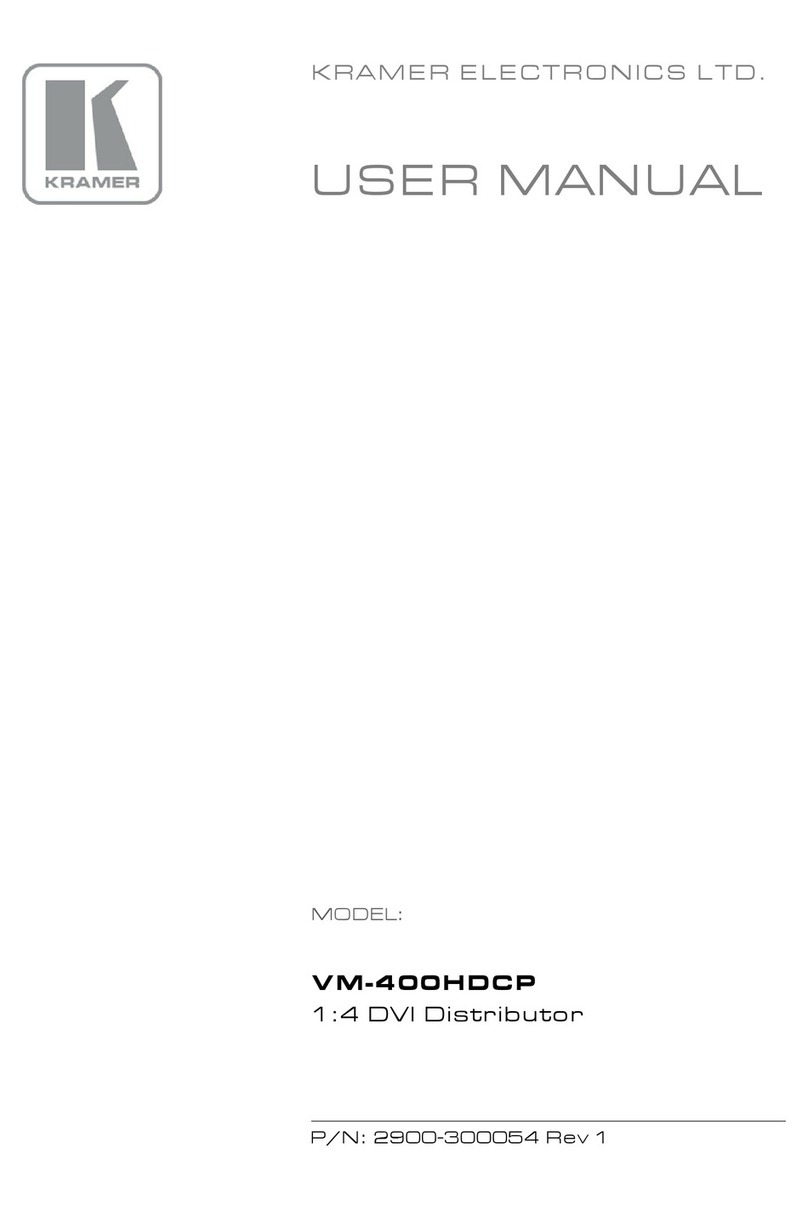Table of Contents
INTRODUCTION .............................................................................................................................................3
SAFETY SYMBOLS....................................................................................................................................6
SAFETY SIGN LOCATIONS .......................................................................................................................6
SAFETY SIGNS & DECALS..........................................................................................................................8
MANURE SPREADER SAFETY..................................................................................................................10
MANDATORY SAFETY SHUTDOWN PROCEDURE....................................................................................11
PRE-OPERATION ..........................................................................................................................................12
GENERAL.............................................................................................................................................................. 12
TRACTOR HITCH AND PTOREQUIREMENTS......................................................................................................... 12
TRACTOR TOWING SIZE REQUIREMENTS ............................................................................................................ 13
HYDRAULIC SYSTEM............................................................................................................................................. 13
Hydraulic System Options................................................................................................................................ 13
Setup for Open or Closed Center Hydraulic Systems ....................................................................................... 14
Electric Control Installation for Optional On-Board Flow Control System....................................................... 14
TRANSPORTING ................................................................................................................................................... 15
General ............................................................................................................................................................ 15
Safety Chain Use.............................................................................................................................................. 15
Use of Lights .................................................................................................................................................... 15
OPERATION .................................................................................................................................................16
TRACTOR HOOKUP .............................................................................................................................................. 16
LOADING.............................................................................................................................................................. 16
UNLOADING......................................................................................................................................................... 17
MAINTENANCE, ADJUSTMENTS, & LUBRICATION..........................................................................................18
MANDATORY SAFETY SHUTDOWN PROCEDURE......................................................................................... 18
WHEEL &TIRE MAINTENANCE............................................................................................................................. 18
Lock Ring Rim................................................................................................................................................... 18
REAR AUTOMATIC OVER-RUNNING CLUTCH....................................................................................................... 18
CLEANING AND STORAGE.................................................................................................................................... 19
ADJUSTMENTS..................................................................................................................................................... 20
LUBRICATION....................................................................................................................................................... 20
